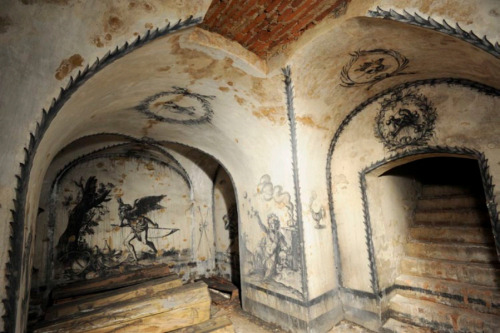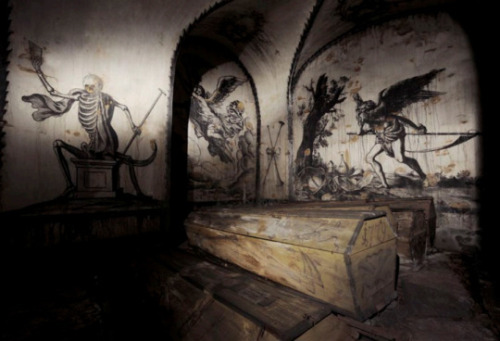Tetragonula Hockingsi Brood Structure Nest
Tetragonula hockingsi brood structure nest
More Posts from Culturalanthropologist and Others
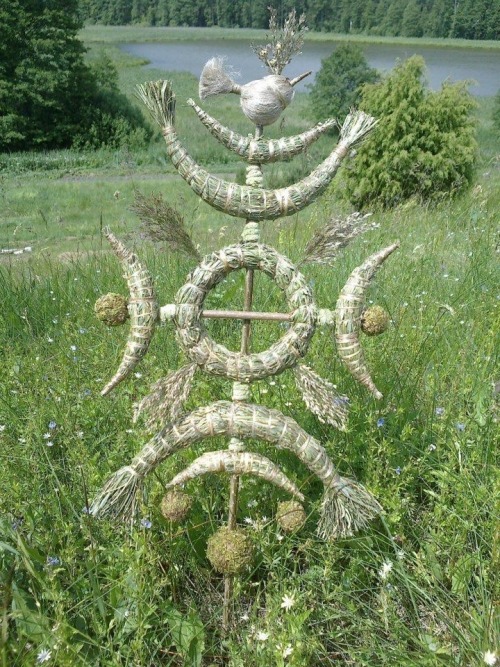
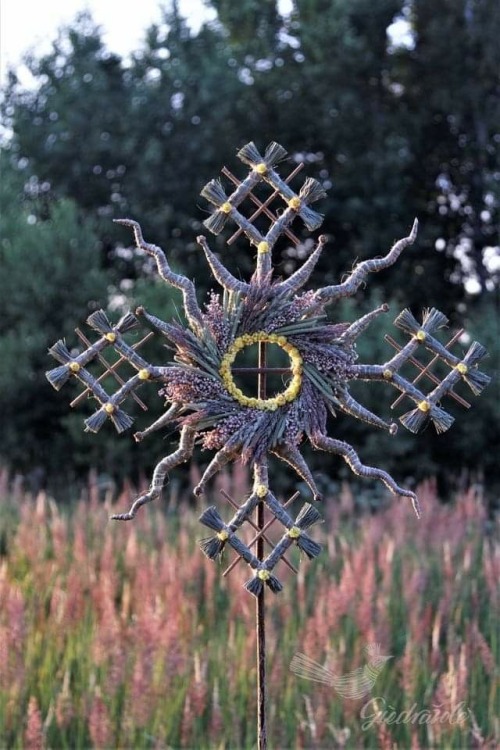

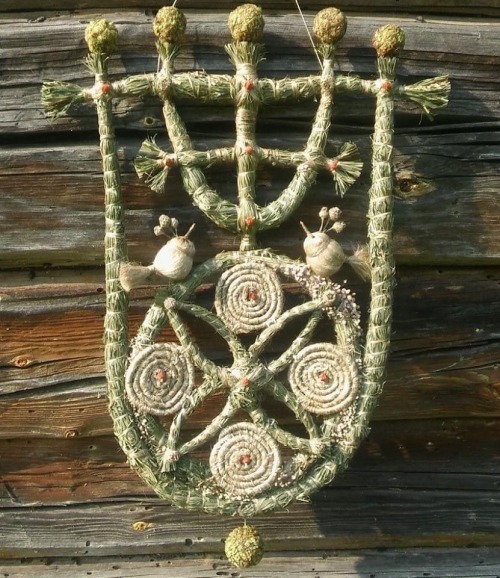
Lithuanian grass weaving by Giedrazole Gie


researchers built wearable heart rate sensors powered by slime molds that had to be fed like Tamagotchis and literally everyone involved with the study began personifying their little heart rate friends

Shilatembo, Democratic Republic of the Congo
Traditional dancers perform as the remains of the slain Congolese independence leader Patrice Lumumba arrive in Shilatembo, where the leader was killed in 1961. The family of Lumumba buried his only known remains – a tooth – in the capital, Kinshasa, this week
Photograph: Guerchom Ndebo/AFP/Getty Images
“When Dante Gabriel Rossetti read the novel Wuthering Heights, he wrote to a friend: “The action takes place in Hell, but the places, I don’t know why, have English names.””
— Jorge Luis Borges, “Julio Cortazar, Stories” from Prologues to a Personal Library.


there was a free palestine moko jumbie at trinidad carnival i am in tears :,) 🇹🇹🇵🇸
(photography by maria nunes)









Young Nanai girl The Nanai are a Tungusic people of Eastern Asia who traditionally live along the Heilongjiang, Songhuajiang and Wusli rivers of China and Russia. Roughly translated, their name for themselves means “People of the Earth” (Nanai) or “People of the lower river” 赫哲" (Hezhe). To the Nanai, fish were most valuable and sacred. In the summer months, they fished all season long, with the sturgeon being greatly respected. In winter, they ate dried fish. Large fish weighing over 50kg were turned into clothing by drying and pounding the flesh with a mallet until it was smooth and malleable. This custom earned the Nanai the nickname “Fish-skinned Tartars” (鱼皮鞑子, Yupi Dazi). They are a generally Shamanist people with great reverence for the bear (Doonta) and the tiger (Amba). They believe that all things in the universe possess their own spirit which wanders freely throughout the world. They worship the natural world and pay tribute to the sprits of the Sun, Moon, Mountains, Water and Trees, and believe that a great serpent once arose from the Earth and gouged out the great valleys of the land. The Nanai practice a lengthy and elaborate funerary ritual which assists the soul of the deceased in travelling safely to the underworld. After death, a persons soul is moved into a temporary shelter made out of cloth, before it is transferred into a small, wooden doll called a panyo. The panyo is taken care of as if it is a living person; for example, it is given a bed to sleep in each night, with a pillow and blanket to match its miniature size. Each night this family member puts the panyo to bed and then wakes it in the morning. The doll has a small hole carved in its mouth so that a pipe may be placed there, allowing the deceased to smoke. In the final part of the ritual, called the Kasa Tavori, the Nanai feast for three days as the soul is transferred from the panyo into a full-sized, human looking wooden figure. On the final day, this wooden statue, possessed with the soul of the dead, is strapped to a dogsled and transported by the shaman on a long and dangerous journey before the sun sets. This journey marks the start of the soul’s transition into the Buni, or underworld, where it will reside for eternity. 📸 Alexander Khimushin

horse in deer mask tattoo of Princess Urok, a Scythian princess found buried in Siberia believed to have ruled a kingdom in the Altai Mountains

TRUE !
-
 chimerabirdmenace reblogged this · 1 month ago
chimerabirdmenace reblogged this · 1 month ago -
 glu7635 liked this · 2 months ago
glu7635 liked this · 2 months ago -
 theomnisource liked this · 3 months ago
theomnisource liked this · 3 months ago -
 toastyphilosopherturtle liked this · 3 months ago
toastyphilosopherturtle liked this · 3 months ago -
 earlysunsetsovergrave liked this · 3 months ago
earlysunsetsovergrave liked this · 3 months ago -
 razr2rzary liked this · 3 months ago
razr2rzary liked this · 3 months ago -
 cocaine-a-cola-official liked this · 3 months ago
cocaine-a-cola-official liked this · 3 months ago -
 puke-ur-gutz reblogged this · 3 months ago
puke-ur-gutz reblogged this · 3 months ago -
 puke-ur-gutz liked this · 3 months ago
puke-ur-gutz liked this · 3 months ago -
 the-sufferer reblogged this · 3 months ago
the-sufferer reblogged this · 3 months ago -
 odetoscavengers liked this · 5 months ago
odetoscavengers liked this · 5 months ago -
 mainmeater reblogged this · 5 months ago
mainmeater reblogged this · 5 months ago -
 screaming-blastface liked this · 5 months ago
screaming-blastface liked this · 5 months ago -
 curiousflux reblogged this · 5 months ago
curiousflux reblogged this · 5 months ago -
 llrrrrjjnjg liked this · 6 months ago
llrrrrjjnjg liked this · 6 months ago -
 raven-maidenn reblogged this · 6 months ago
raven-maidenn reblogged this · 6 months ago -
 raven-maidenn liked this · 6 months ago
raven-maidenn liked this · 6 months ago -
 moodibug liked this · 6 months ago
moodibug liked this · 6 months ago -
 curiousflux liked this · 6 months ago
curiousflux liked this · 6 months ago -
 radioactiveratling liked this · 7 months ago
radioactiveratling liked this · 7 months ago -
 spiritboundflesh liked this · 7 months ago
spiritboundflesh liked this · 7 months ago -
 starchild-x reblogged this · 7 months ago
starchild-x reblogged this · 7 months ago -
 dragon-in-a-sheeps-skin2 reblogged this · 7 months ago
dragon-in-a-sheeps-skin2 reblogged this · 7 months ago -
 hunkydorkling liked this · 7 months ago
hunkydorkling liked this · 7 months ago -
 trillgutterbug reblogged this · 7 months ago
trillgutterbug reblogged this · 7 months ago -
 scrubjayspeaks reblogged this · 7 months ago
scrubjayspeaks reblogged this · 7 months ago -
 uptonogoodart liked this · 8 months ago
uptonogoodart liked this · 8 months ago -
 sweetheartharpy reblogged this · 9 months ago
sweetheartharpy reblogged this · 9 months ago -
 jzx100 liked this · 9 months ago
jzx100 liked this · 9 months ago -
 illusory-cat liked this · 9 months ago
illusory-cat liked this · 9 months ago -
 chimerabirdmenace reblogged this · 10 months ago
chimerabirdmenace reblogged this · 10 months ago -
 floofy-falconet liked this · 10 months ago
floofy-falconet liked this · 10 months ago -
 spinningorigins reblogged this · 10 months ago
spinningorigins reblogged this · 10 months ago -
 bog-body-simulator liked this · 10 months ago
bog-body-simulator liked this · 10 months ago -
 workpimby liked this · 10 months ago
workpimby liked this · 10 months ago -
 almightykenken liked this · 10 months ago
almightykenken liked this · 10 months ago -
 maj-spirals liked this · 10 months ago
maj-spirals liked this · 10 months ago -
 suffewingowo reblogged this · 10 months ago
suffewingowo reblogged this · 10 months ago -
 silly-boy-arts liked this · 10 months ago
silly-boy-arts liked this · 10 months ago -
 fandomwandererer liked this · 10 months ago
fandomwandererer liked this · 10 months ago -
 transmanray liked this · 10 months ago
transmanray liked this · 10 months ago
a sideblog for everything i love and find interesting: philosophy, literature, cultural anthropology, folk history, folk horror, neuroscience, medicine and medical science, neuropsychology/psychiatry, ethnomusicology, art, literature, academia and so on. i am an amateur in every subject! this is just for my own personal interest in each subject :)
277 posts
